Cabinet (Yangam) for Wealth Vases
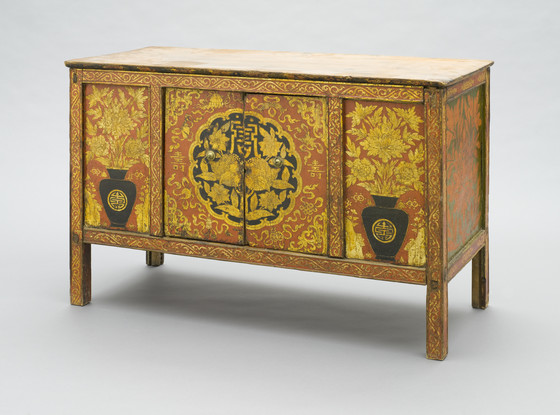
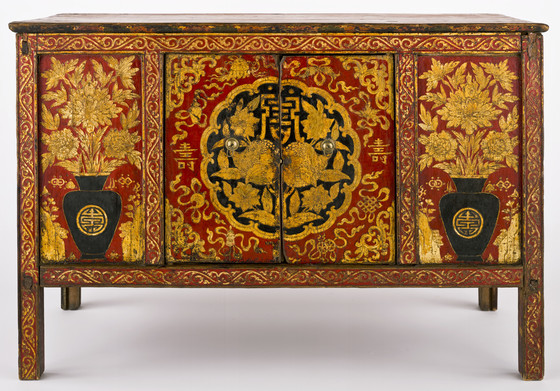
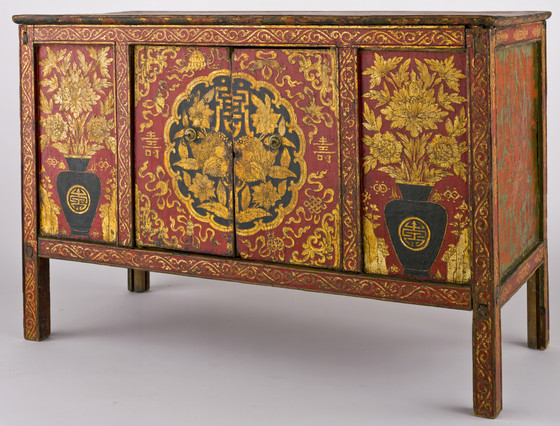
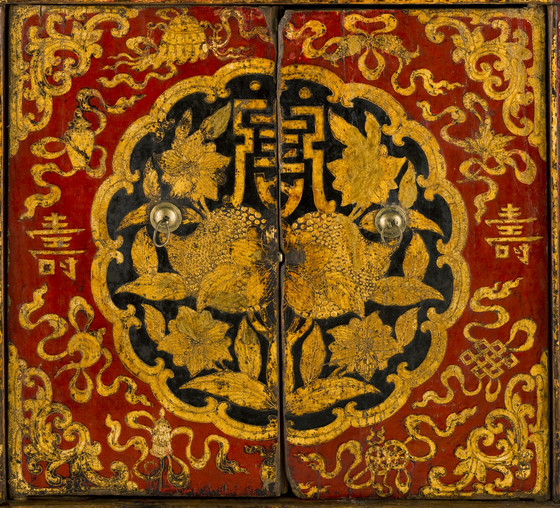
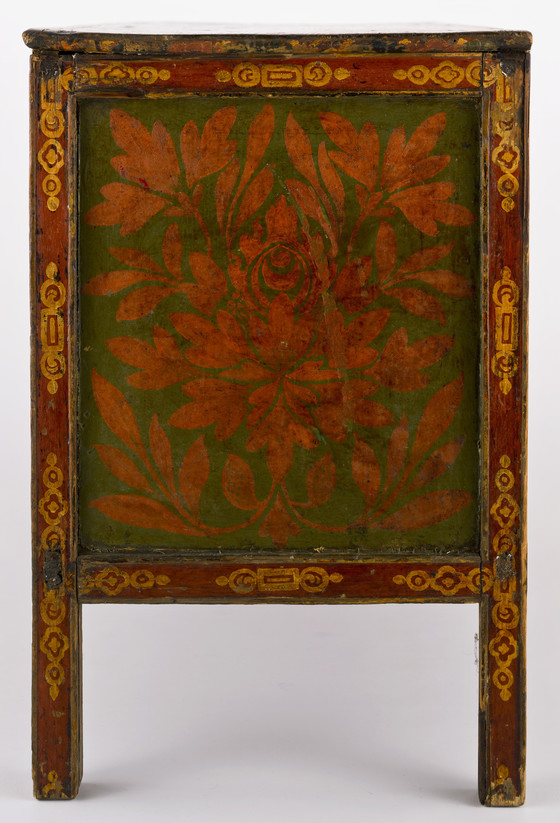
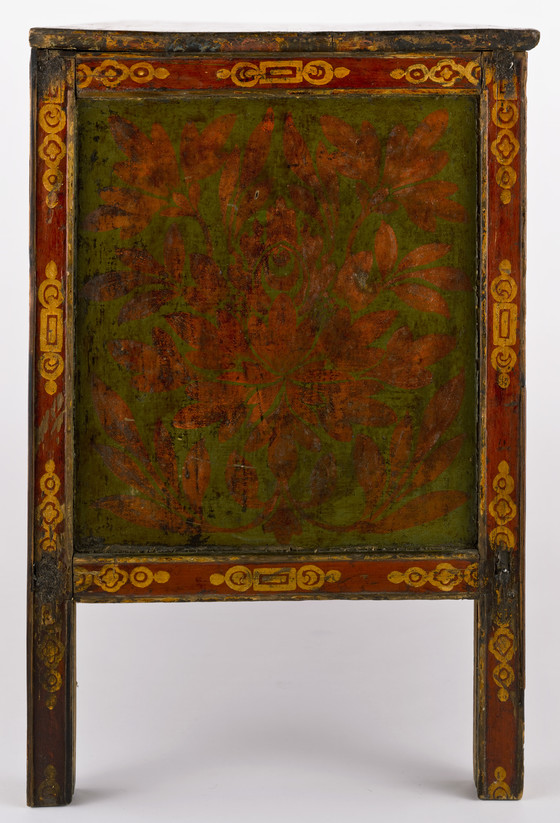
Please log in to add this item to your gallery.
View comments
No comments have been posted yet.
Add a comment
Please log in to add comments.
Please log in to add tags.
* Nearly 20,000 images of artworks the museum believes to be in the public domain are available to download on this site.
Other images may be protected by copyright and other intellectual property rights.
By using any of these images you agree to LACMA's Terms of Use.
Cabinet (Yangam) for Wealth Vases
Central Tibet, Tsang Province, Shigatse (?), 18th-19th century
Furnishings; Accessories
Wood with mineral pigments, gold leaf, and gesso; brass fittings
26 5/8 x 40 3/8 x 17 3/4 in. (67.63 x 102.55 x 44.45 cm)
Gift of Ruth Sutherlin Hayward and Robert W. Hayward for the Success of Tashi Lhunpo Monastery, Bylakuppe, India and the Continued Teachings of the Panchen Lama Tradition (M.2006.156.2)
Not currently on public view


